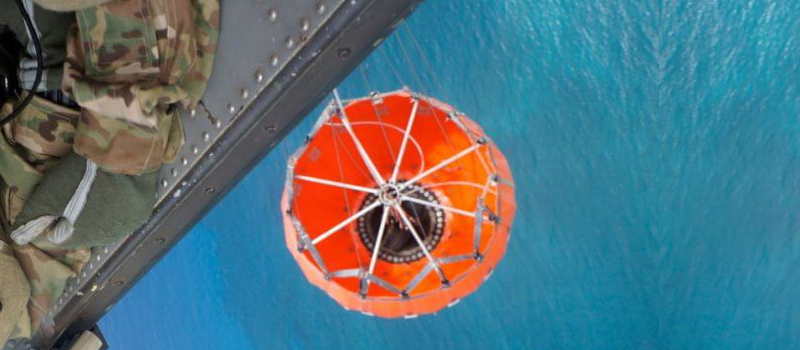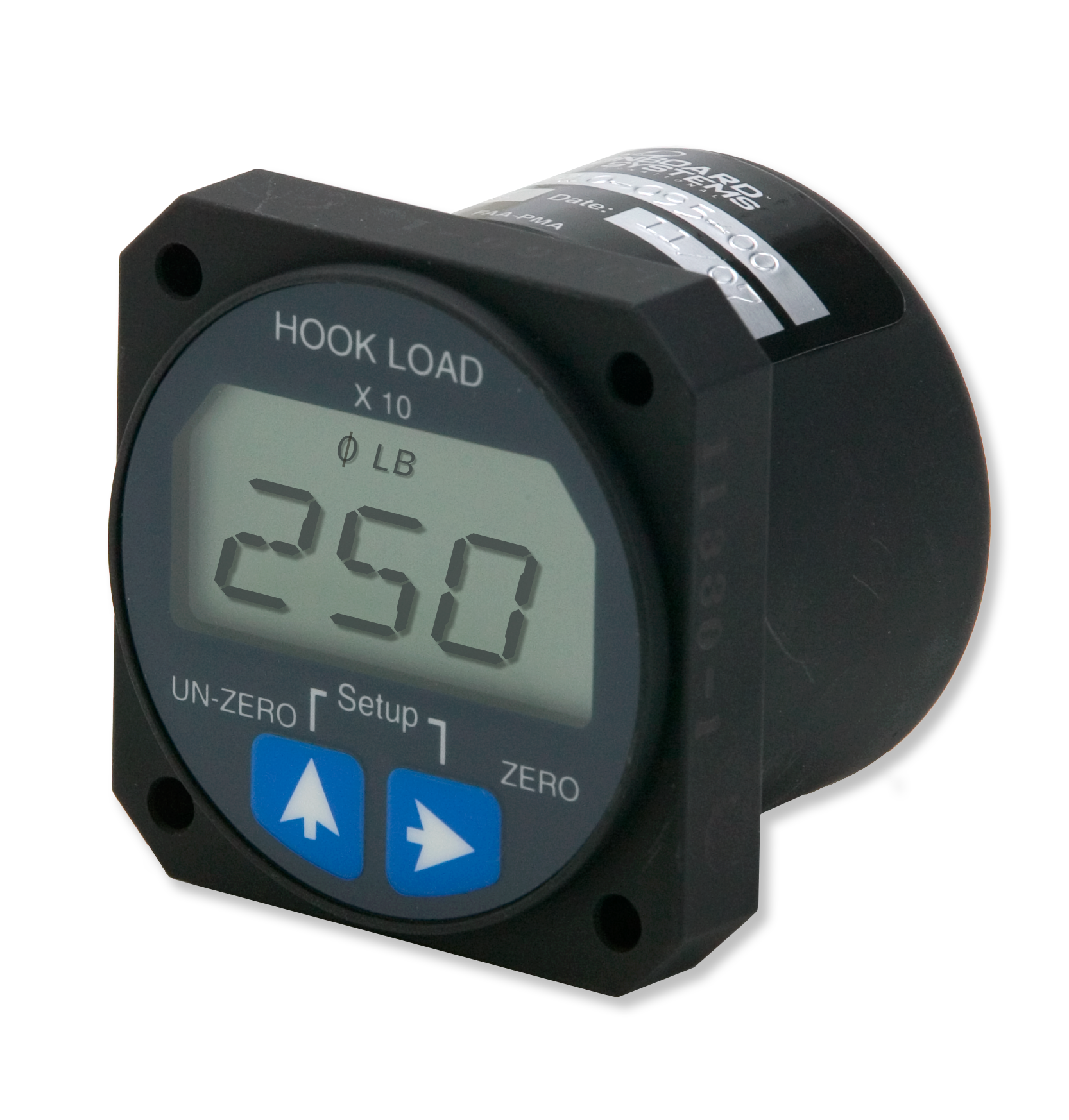Using the C-39 Cockpit Indicator to Track Water Drops
Thursday, June 30, 2022

For the past several years, governments have been requesting more details about the water that is dropped during firefighting efforts. This includes how much water is dropped, where it is picked up, and where it is dropped off.
For example, in March 2017, the US Forest service sent out solicitation RFP AG-024B-S-17-9002, which requires operators (in this case, Type II aircraft—mainly Medium Bell helicopters) to install an Additional Telemetry Unit (ATU) to:
- Report bucket open, close gallons filled, and gallons dropped
- Events must include GPS data (date, time, latitude, longitude, altitude, speed, and aircraft heading)
- Information must be transmitted within two minutes from the time of the event
Aircraft with buckets—especially those buckets without a pump—are required to use a load cell system to provide the information to the ATU. For customers with an Onboard Weighing System using the C-39 cockpit indicator, the 0-to-5 volt (V) Analog-Out signal can be sent to the ATU. This signal can be used to detect changes to the weight on the hook (bucket fill and bucket open), as well as the weight of the water in the bucket.
Operators of the C-39 must access the SCALE function in the C-39’s menu to set up this system. The C-39 outputs a 0-to-5 V signal corresponding to the weight on the load cell, where 0V is 0 pounds/kilograms and the operator chooses the value of 5V in the SCALE menu. The 5V signal should be set to near the maximum external load capacity of the helicopter, or slightly more. For example, if the maximum load a helicopter can lift is 4,000 pounds, the 5V signal could be set to 4,000 pounds. However, if more than 4,000 pounds was accidentally picked up, the C-39 would only output the same 5V, so by setting the 5V signal to 5,000 pounds, it would provide details on how much extra weight was lifted.
Finally, the C-39’s analog output signal would need to be wired to some data collection instrument, such as those from Latitude Technologies or FlightCell. The weight information from the C-39 could then be joined to the GPS & Flight information, and then sent to the Automated Flight Following (AFF) system for transmission to the Forest Service.
We will publish guidelines for operators using or upgrading to the new C-40 Cockpit Indicator in a future issue of The Hook.
Tags
cockpit indicatorusfsus forest service (usfs)additional telemetry unitatuanalog-out signaldata collectionMore Articles
Documentation Updates
Get the 411 about all the documentation updates and service bulletins that have taken place since the last issue.
Tracking Water Drops
How to use the C-39 cockpit indicator to track water drops for contracts.
Tradeshow Schedule
Plan to meet us at these upcoming tradeshow events around the world.
Increased Rated Load for TALON 3K Remote Hooks
We've increased the rated load for the TALON 3K Remote Cargo Hook series from 3,000 lb. to 3,300 lb. / 1,500 kg.
Send Us Your Photos & Videos
If you've got some great helicopter photos or videos of helicopters at work, we'd love to hear from you!
Service Life Update for Barry Longlines
Barry has modified the service life calculation for their synthetic helicopter longlines.



